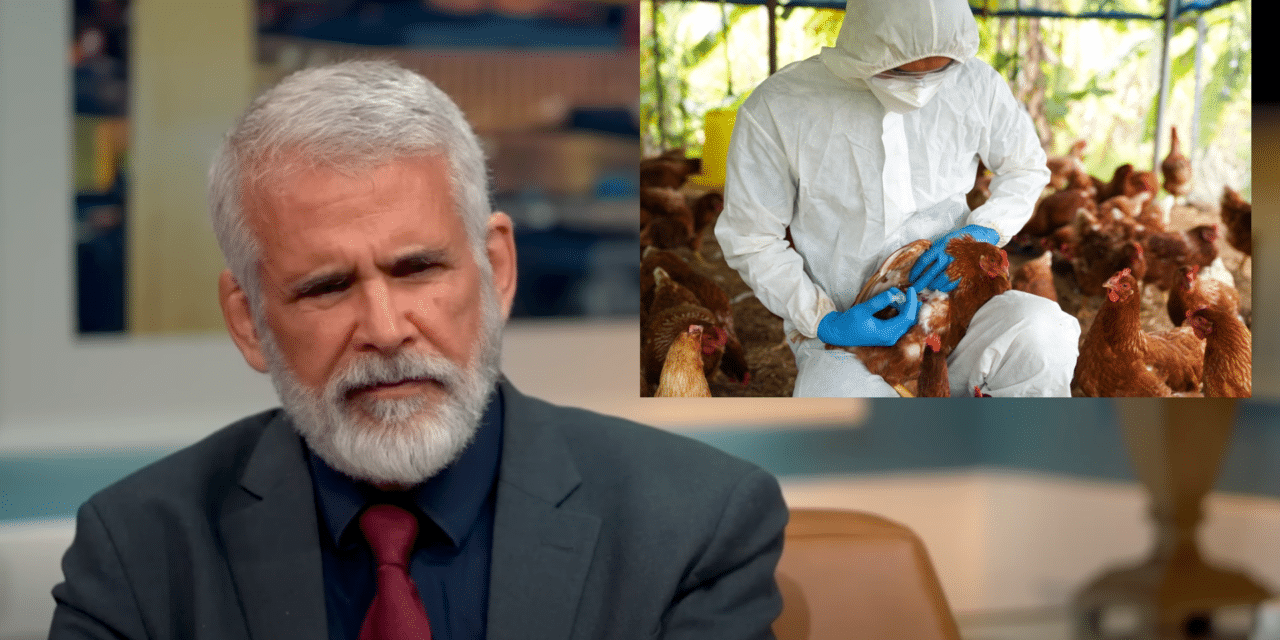(OPINION) As the United States grapples with an ongoing avian influenza outbreak, the practice of culling millions of chickens to curb the spread of bird flu has come under scrutiny.
Dr. Robert Malone, a medical doctor known for his work on mRNA technology and his skepticism of certain public health strategies, has publicly challenged the efficacy of this approach.
In a recent interview with EpochTV, reported by The Epoch Times on February 25, 2025, Malone argued that mass culling—long considered a standard response to avian influenza outbreaks—is failing to achieve its intended goal.
His critique has reignited debates about how best to manage the virus, which has already led to skyrocketing egg prices and the loss of tens of millions of birds.
Malone’s assertion aligns with a growing unease among some experts and farmers, as the current outbreak, driven primarily by the H5N1 strain, devastates poultry flocks.
According to Reuters, over 95 million chickens and turkeys have been culled since February 2022 in an effort to contain the virus.
Yet, the disease persists, spreading not only among poultry but also to dairy cows and wild birds, with a rare human fatality reported in Louisiana in late 2024.
In his EpochTV discussion, Malone called the culling strategy “old-school” and ineffective, suggesting that breeding flu-resistant poultry could offer a more sustainable solution.
This perspective contrasts with the official stance of agencies like the U.S. Department of Agriculture (USDA), which mandates culling entire flocks when bird flu is detected to prevent further transmission.
CNN Business noted that more than 100 million birds have been killed since 2022, either naturally by the virus or through culling, a policy that has been consistent across administrations.
The USDA defends this approach as a necessary measure to protect both animal and human health, citing the virus’s high contagiousness and lethality in poultry
However, Malone and others argue that the sheer scale of the current outbreak—described by The New York Times as the largest in U.S. history—calls for a reassessment.
The economic fallout from these mass culls has been undeniable.
CBS News reported that over 148 million birds have been euthanized since the H5N1 strain arrived in the U.S. in 2022, contributing to egg prices soaring to $4.15 per dozen by December 2024, according to the Bureau of Labor Statistics.
Emily Metz, president of the American Egg Board, told NPR that the egg supply remains “very, very tight,” a situation exacerbated by culling and unprecedented demand.
Malone’s suggestion to breed resistant birds rather than destroy flocks gained traction in this context, as he argued it could stabilize supply and reduce reliance on what he sees as a failing strategy.








